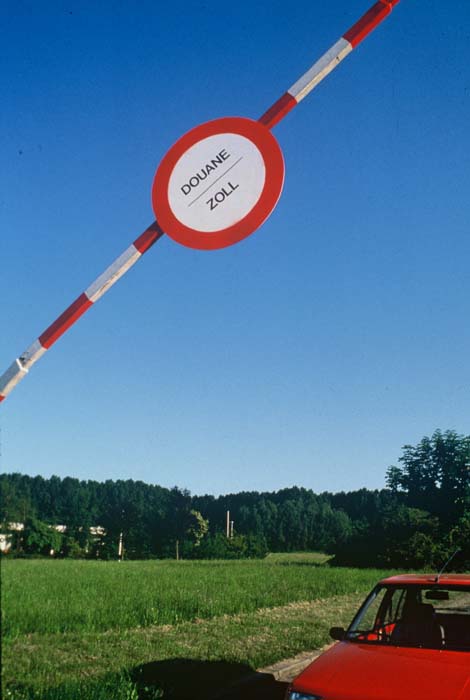 Fewer people cross the Schengen area's external borders irregularly. Between April and June 2012, around 23 000 irregular border crossings were detected, representing a decrease of 44% compared to the same period in 2011, at the height of the Arab Spring.
Fewer people cross the Schengen area's external borders irregularly. Between April and June 2012, around 23 000 irregular border crossings were detected, representing a decrease of 44% compared to the same period in 2011, at the height of the Arab Spring.
However, cases detected at the land borders between Greece and Turkey increased by 29%. About 56% of all cases detected originated in this border area, which remains the main entry point for illegal immigration into the European Union.
In order to maintain security in the Schengen area, in September 2011 the European Commission presented a series of proposals to enhance the effectiveness and legitimacy of the Schengen system.
These legislative proposals advocate a stronger system of assessment and monitoring at EU level as well as the institution of a better structured European decision-making mechanism that will allow, in exceptional situations, to temporarily reintroduce internal border controls in the event of serious threats to the public order or internal security.
According to a European Commission report, internal border controls were reintroduced twice in 2012: in Spain, due to the European Central Bank meeting, and in Poland, during the European Football Championship. On both occasions, about a hundred people were refused entry.
Issues
More than 400 million EU citizens from 26 European countries and an increasing number of third country nationals travel today without controls at the EU's internal borders, thanks to the Schengen Area, an area of free movement.


















Comments